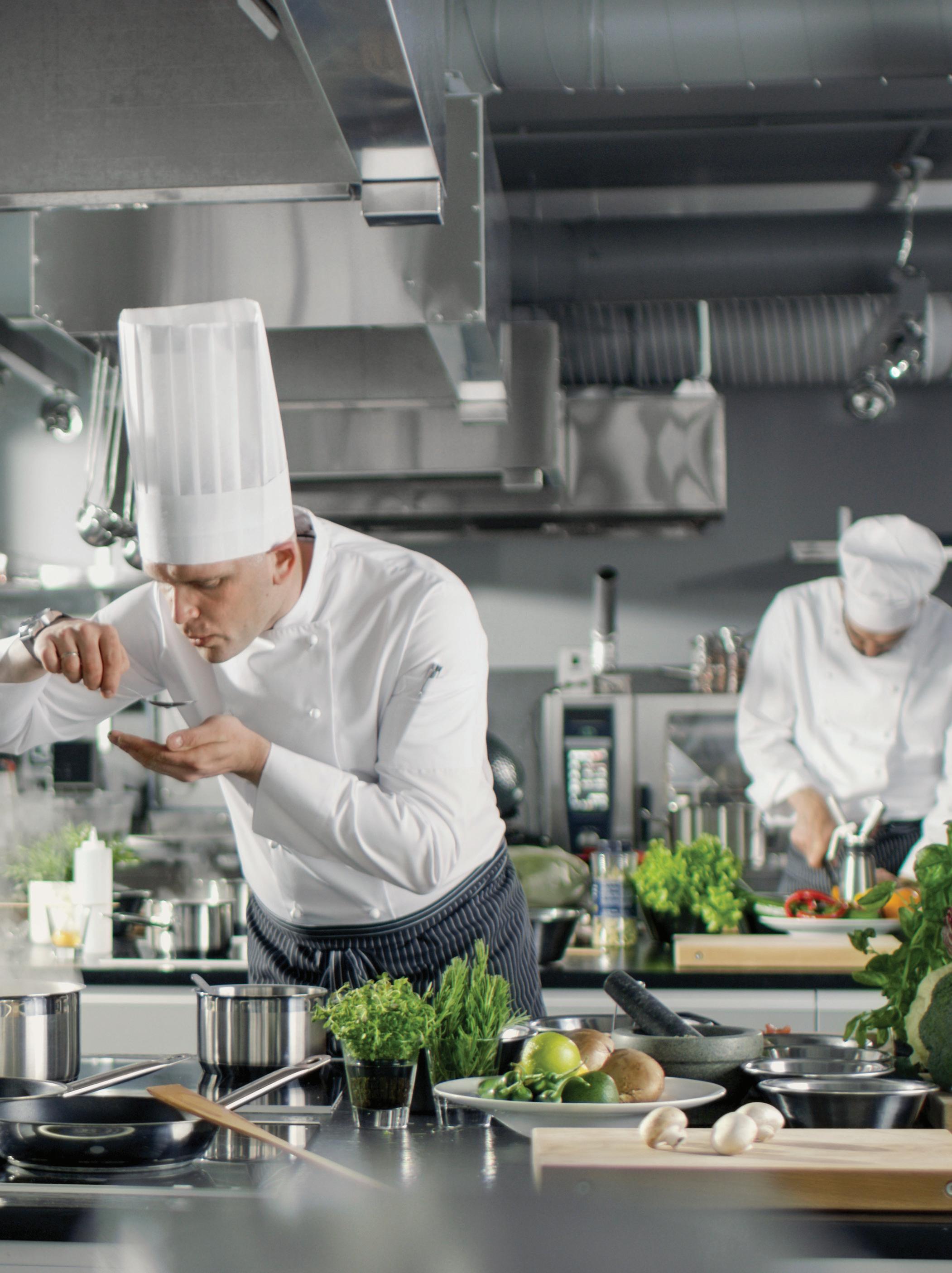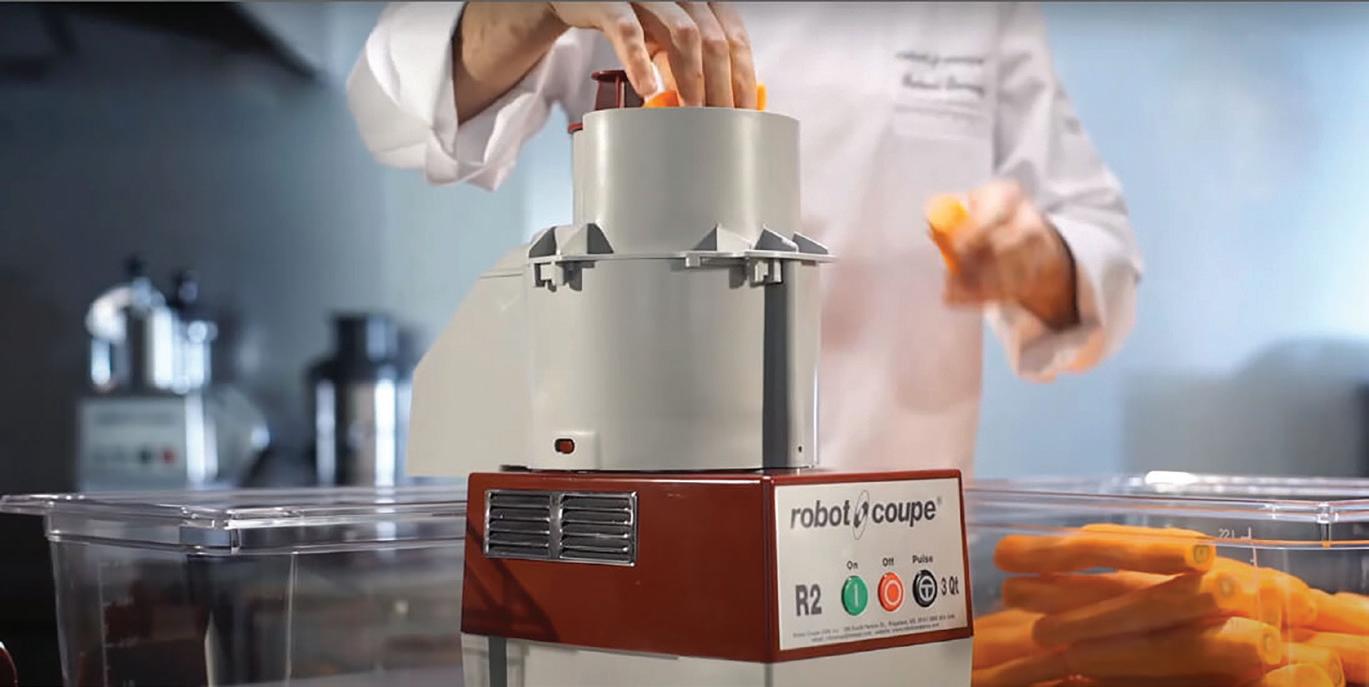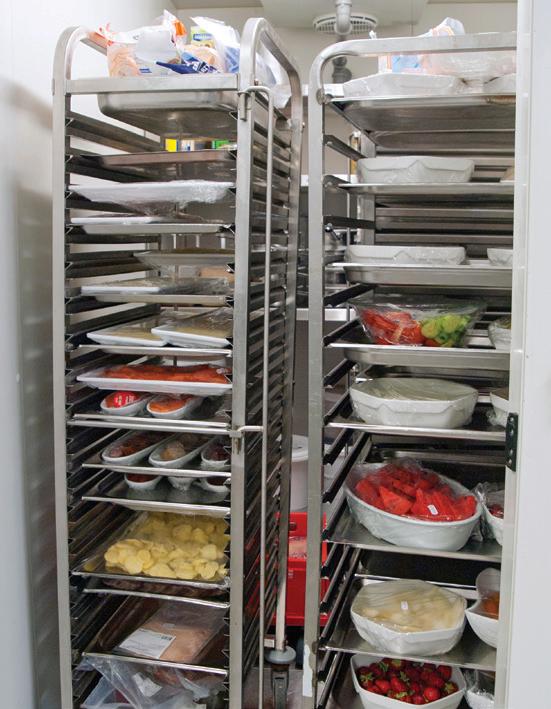
4 minute read
MAGIC MACHINES
Thinking about profitability comes with the territory when you’re an owner or operator of any business, but especially within the foodservice industry.

Advertisement
THERE ARE A LOT OF THINGS that impact just how profitable or successful your restaurant can be. Like high-cost food and ingredients, labour expenses, operating hours, menu offerings, having the right equipment, and that’s just to name a few.
While some are non-negotiable for your restaurant’s success, there are solutions to ensure your success in serving your customers comes with a profit for you. Whether your restaurant functions as full-service sit-down dining, a more casual order-atthe-counter-and grab a seat style, or a fast-food option, finding ways to be profitable is important.
We’ve seen restaurants of all kinds embrace third-party delivery apps like Skip the Dishes and Uber Eats, while others have introduced the idea of “ghost kitchens” to increase sales by targeting the eat-at-home clientele. Other restaurants have struggled to make a come back after forced closure during the pandemic, or discovered challenges in finding staff when they reopened, impacting their ability to function as they once did. And on top of that, everyone in the foodservice industry is dealing the “i” word… okay, fine we’ll say it: inflation!
Finding ways to be more efficient allows staff to work smarter during their shift; getting more done, saving time, and ultimately feeling less stressed, especially when faced with staffing challenges.
Let’s say you have a turkey salad on your menu. How long do you think it would take to get all the components ready?

John Zuga, International Sales Manager at Robot Coupe acknowledges that even for a standard menu item like a salad, there are many steps involved: “You’ll have to slice the turkey, the vegetables and the cheese by hand and that can take hours”. And if your turkey salad is one of your most popular lunch items you may sell 100 or more every day. That means the prep for just that one menu item takes two to four hours.
But what if you could do this in a fraction of the time? You would be getting the same output and making your staff available to complete other tasks, which can result in needing fewer team members and most importantly, increasing your return on effort. Robot Coupe sells food processors to restaurants around the world. The biggest benefit is the time they save. “With our larger machines, you can slice everything,” says Zuga, “meat, vegetables, cheese. One employee can prep an entire salad bar in 45 minutes.”

In the case of the turkey salad, these processors can slice all the ingredients in 12 seconds per salad. Multiply that by 100, and the magic machine turns an hours-long task into a 20-minute job. “All you have to do is change the blade,” he says. “The machine does the rest of the work.” Robot Coupe machines are popular in every sector of the foodservice industry, from big to small kitchens because of the unit’s ability to cut prep times down significantly, as much as 75 per cent – and sometimes more. They’re especially impressive in Mediterranean restaurants, where they’re typically used to pulverize chickpeas for huge batches of hummus. “It takes five to six hours in a blender to make 60 litres of hummus,” he says. “Our machines can do it in two minutes.”
- JOHN ZUGA
As restaurants look to keep menu prices affordable in the race of rising food and labour costs, having the right equipment in your kitchen can be a gamechanger. Food processors, for example, not only let you save on labour costs, but they can also help you with the cost of your food – and even improve its quality. “Think of all the things you buy pre-cut,” he says. “There’s fries and salads and shredded cheese. Since it hardly takes any time to slice them with our processors, you don’t have to buy them frozen or pre-cut anymore. You can buy fresh vegetables and whole bricks of cheese. You’re saving lots of money, and your food is even better because it’s fresh.”
It’s not always about working harder to bring in more return; it’s about working smarter and finding opportunities to be more efficient that will add to the overall success of your restaurant, no matter the size.






